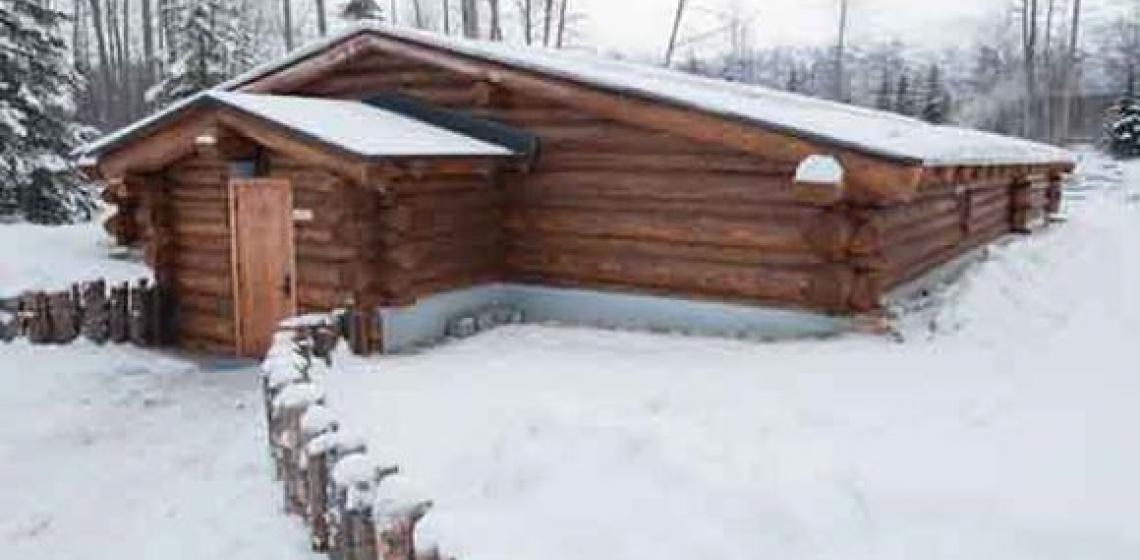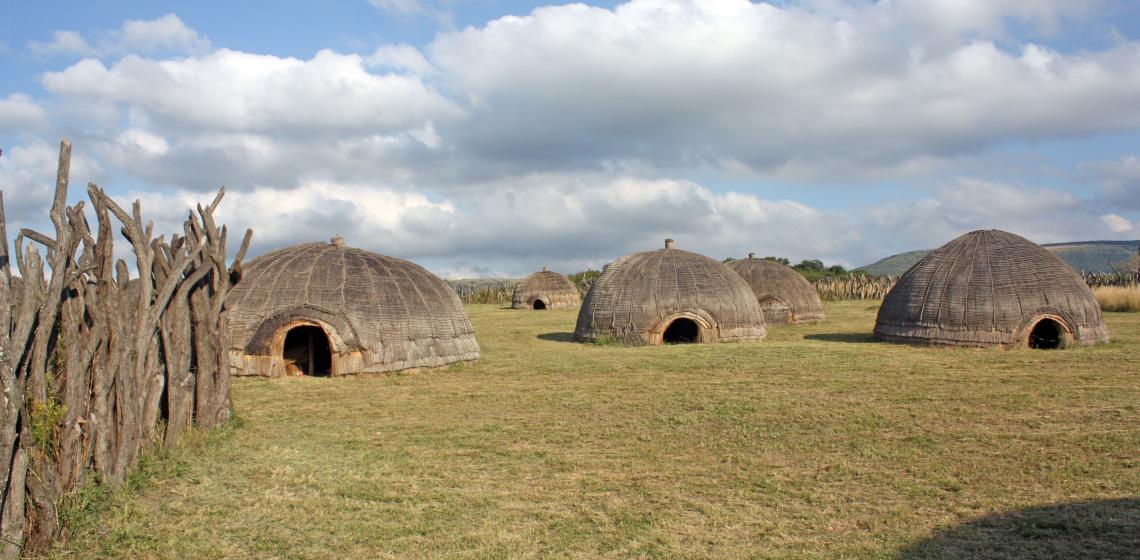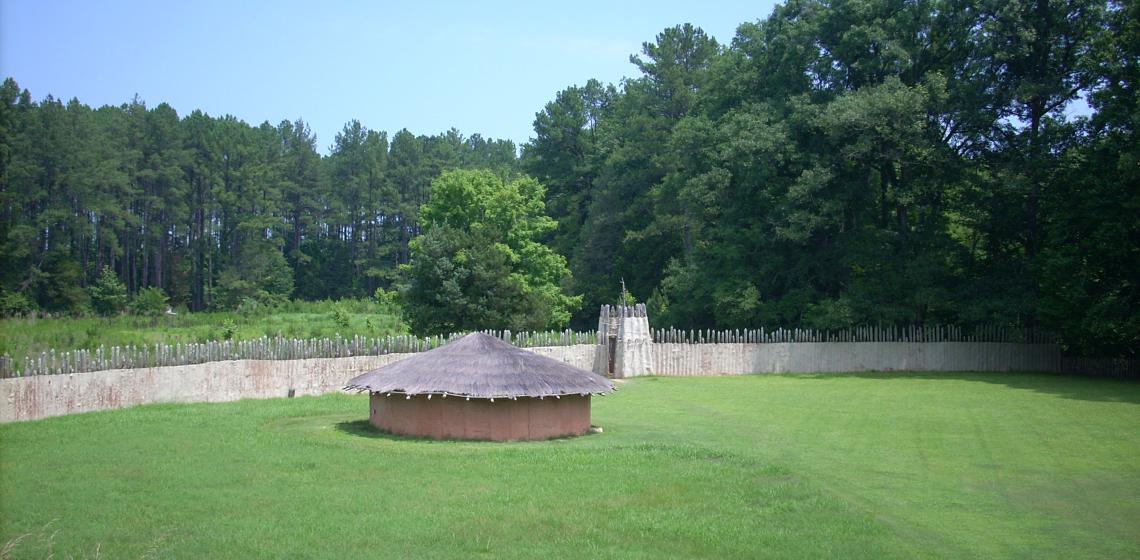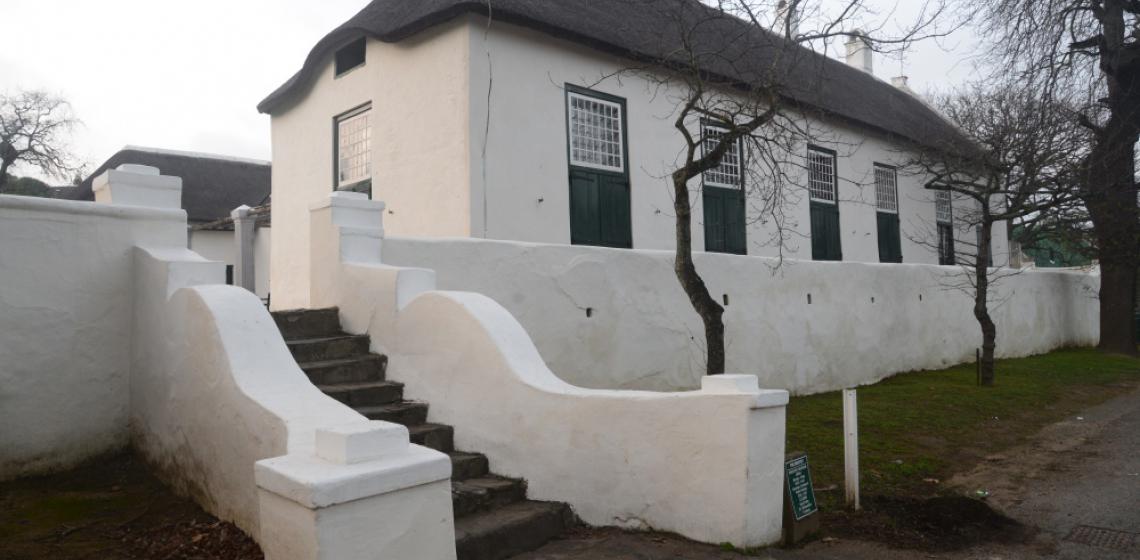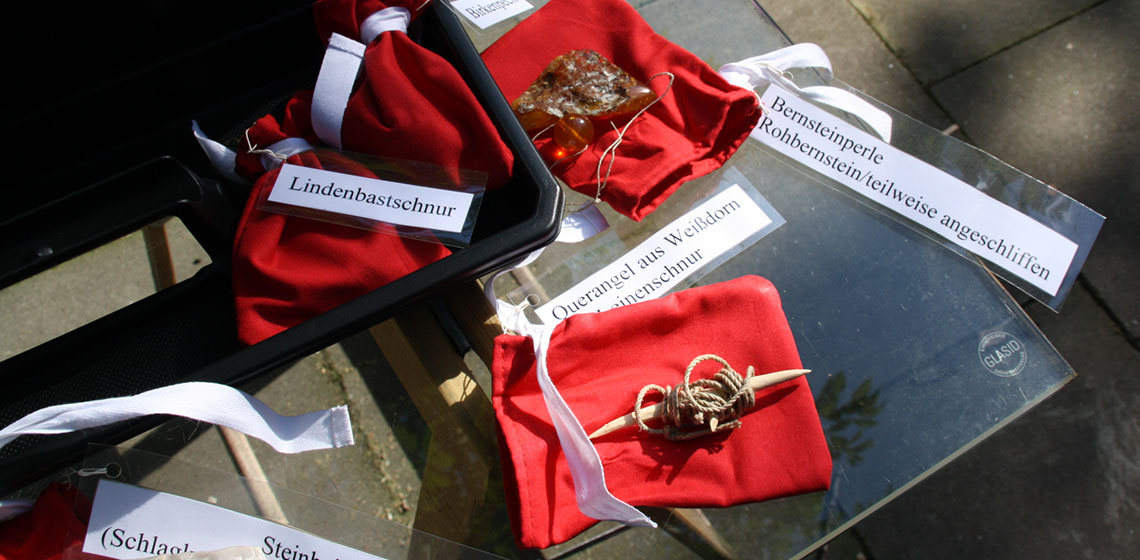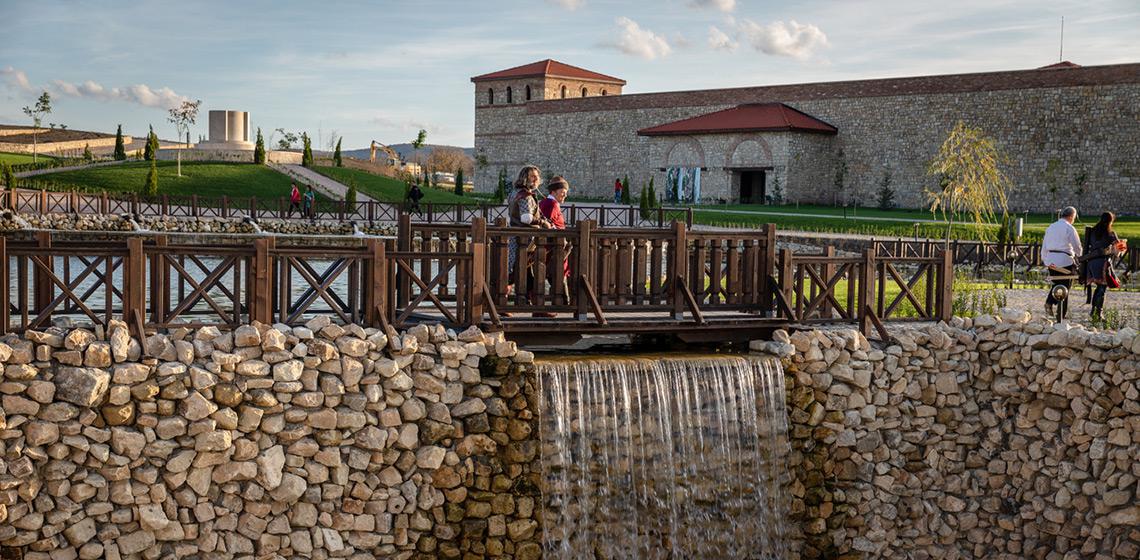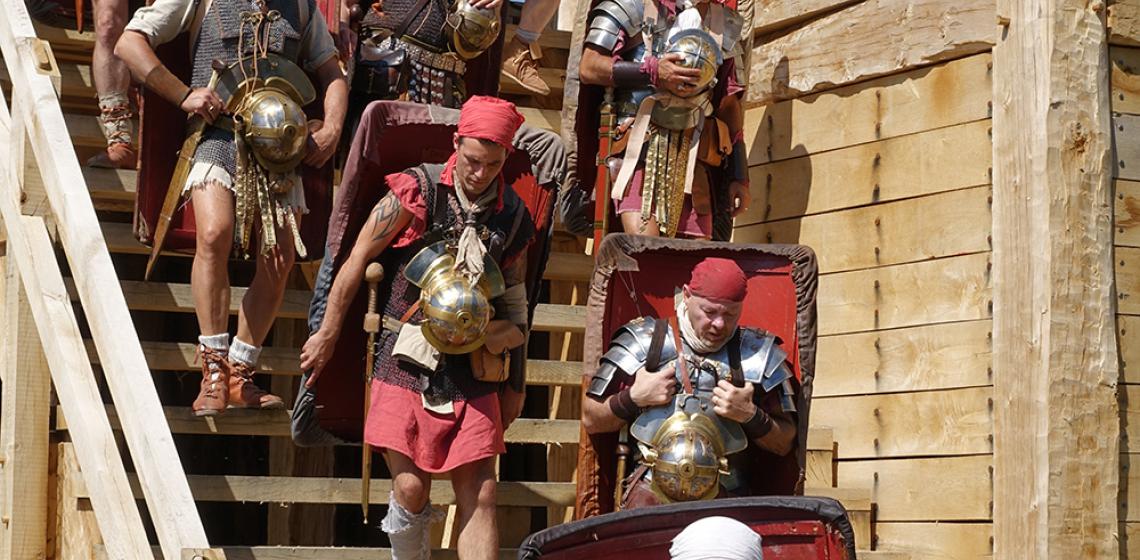Archaeological Complex Myssle (SK)
Since 1977 archaeological research have been realized by Archaeological Institute of SAV in Nitra in the area of Várhegy located in the village of Nižná Myšľa, examining skeletal burial ground and since 1988 there have been a research by Eastern Slovak Museum in Košice, which examines the fortified settlement from the Bronze Age. The authors of the research are Ladislav Olexa and Dárius Gašaj.
We try to present the public with the results of dozens of archaeological seasons through the replicas of the houses, fortifications and farm buildings built in the places where they originally stood and were the objects of archaeological research. In the area there is a partially reconstructed fortified settlement with a gateway and bridged moat. A replica of a log house and a house made of rows of poles from the Bronze Age are also parts of the complex. An event called Return to Várhegy takes place in this area once a year.




